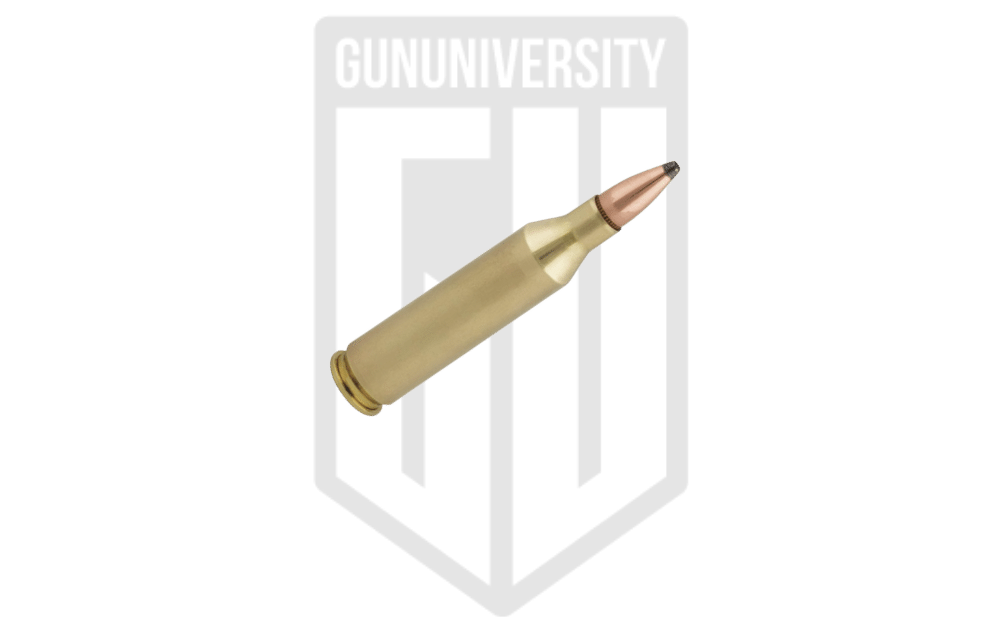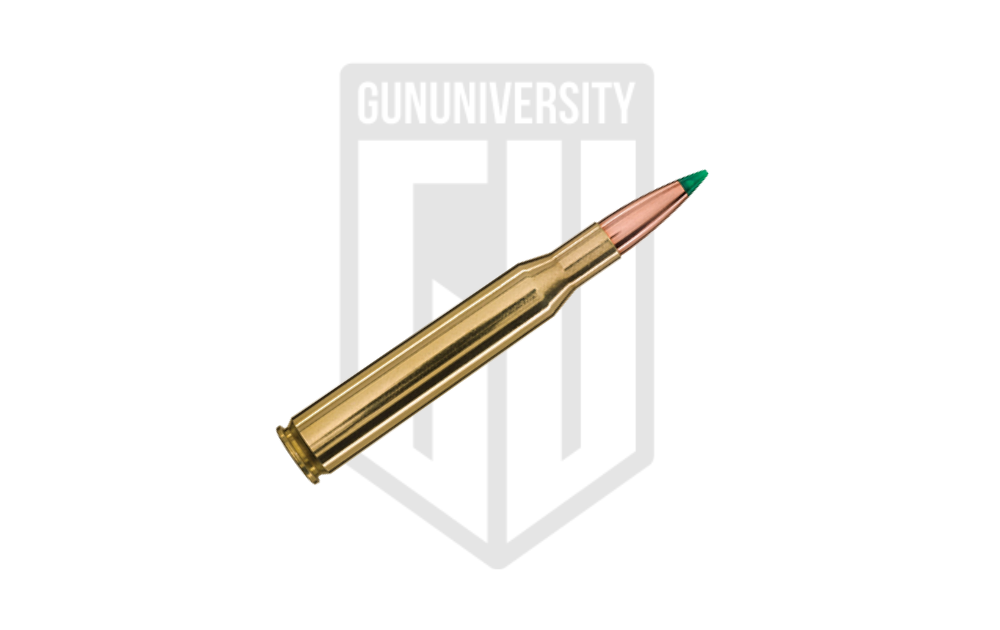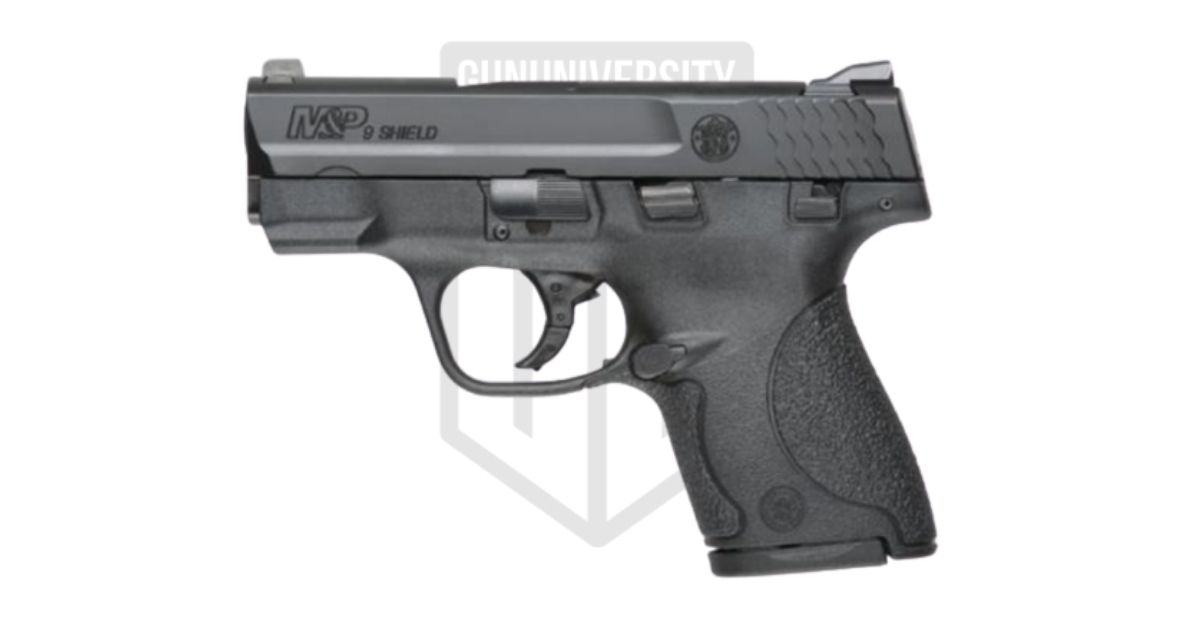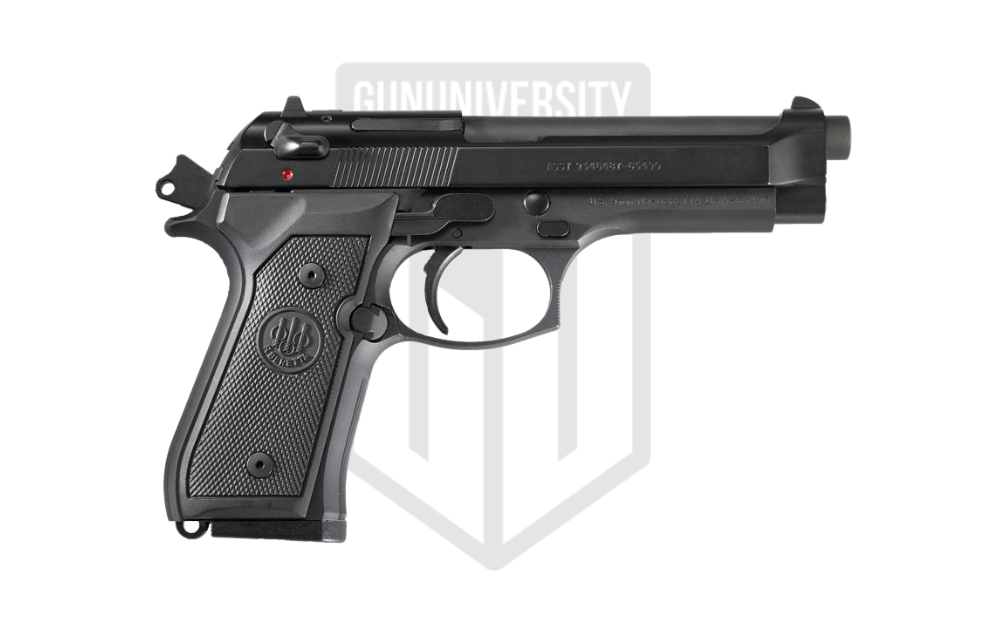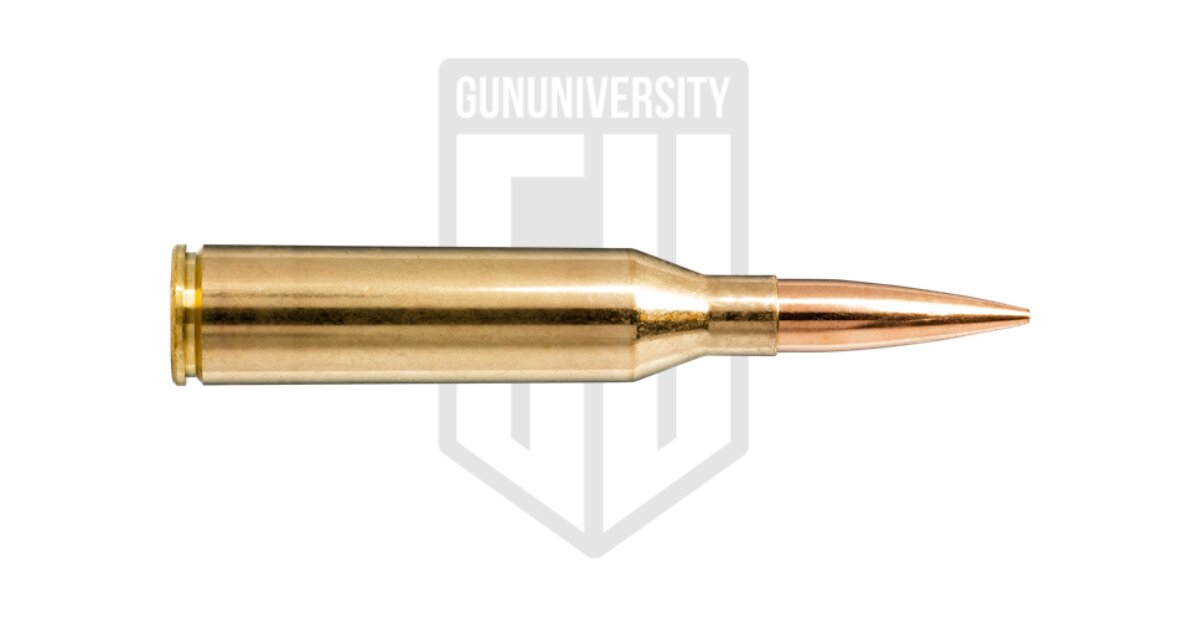243 vs 270: Best Deer Hunting Round ?
American rifle calibers have something to offer everyone. Shooters of various skill levels with multiple demands can easily find a caliber for their personal needs and the needs of their objectives. Today, we will look at two rounds designed explicitly with hunting in mind, the .243 Winchester and the .270 Winchester.
Both rounds have been kicking around for decades now, and both remain in production with a ton of rifle options out there. Both rounds have been successful enough to warrant uninterrupted production, but neither has achieved household-name status. Even so, both remain popular with riflemen and women.
243 vs 270 Spec Comparison
| Specifications | .243 Winchester | .270 Winchester |
|---|---|---|
| Parent Case | .308 Win | .30-03 |
| Bullet Diameter | 0.243" | 0.277" |
| Neck Diameter | 0.276" | 0.308" |
| Case Length | 2.045" | 2.540" |
| Overall Length | 2.7098" | 3.340" |
| Case Capacity | 53-54.7gr | 67gr |
| Max Pressure | 60,000psi | 65,000psi |
Why .243 vs .270
What’s the point of comparing these two cartridges? Well, they do have a lot in common. It doesn’t make a ton of sense to compare a 50 BMG to the .243 Winchester, but the .270 and .243 could be a choice a hunter needs to make. Both rounds are appropriate for a variety of North American game.
Both rounds can take small game, including varmint and predators, without being overkill. At the same time, either cartridge will easily take most medium game and beyond. Both rounds were ultimately first produced by Winchester. Both rounds became beloved by the world of rifle shooters and received plenty of praise from experienced riflemen and editors of popular hunting magazines.
As a kid, I grew up in a home of hunters, and both rounds were present. We weren’t a home divided but a home where shooters, both big and small, hunted deer, hogs, coyotes, and beyond. It made sense for us to have a versatile group of rifles and calibers for multiple shooters and multiple calibers.
I grew up shooting both cartridges alongside a handful of other options. I’ve got hands-on experience with both cartridges, which gives me a personal reason to compare and contrast the two rounds.
.243 Winchester Review
Let us start off with the 243 Winchester review. Below we are going to look into the history and purpose of this cartridge and the best ammunition for every situation.
.243 Winchester History and Purpose
The .243 Winchester came to life in 1955. The origin starts with a man named Warren Page. Mr. Page was a brilliant man, a Harvard graduate and long-time editor of Field and Stream. Warren Page started experimenting back in the 1940s. The 6mm Lee Navy was discontinued, but Mr. Page recognized the potential of the 6mm projectile.
6mm projectiles offer an outstanding balance of weight, ballistic coefficient and can be solid penetrators that can use a variety of projectiles with various weights. Mr. Page began loading 6mm projectiles into necked down 308 cases. This created the initial 6x52mm cartridge.
This led to the development of the .243 Winchester round. Winchester released the cartridges and two rifles, including the famed Model 70, in 1955. In 1955 the cartridge broke new ground. Winchester released two loadings, an 80 grain and 100-grain option. This offered the round a lot of versatility for various American game animals.
The .243 Winchester became so popular that Remington even tried to get in on the action with the .244 Remington. Remington tried, but they couldn’t beat the .243 Winchester. The round became popular overseas due to various laws restricting deer hunting to projectiles 6mm and above.
To this day, it remains a popular choice for deer hunters. It’s often included on lists of the best deer cartridges and is known as a whitetail hunter’s favorite cartridge.
Best .243 Ammo
Great for Hunting
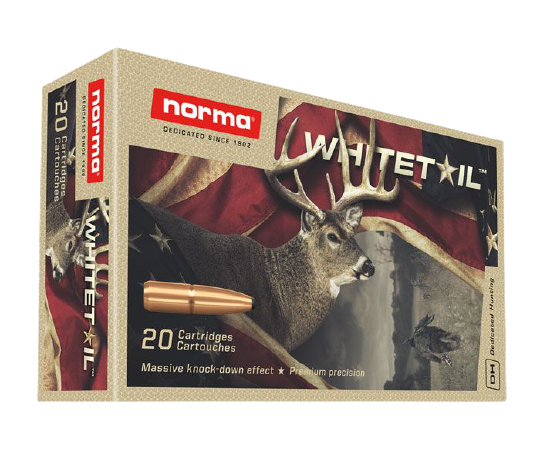
NORMA WHITETAIL
Marketplace |
Cost Per Round |
| Palmetto State Armory | $1.50 |
| EuroOptic | $1.65 |
Great for Hunting
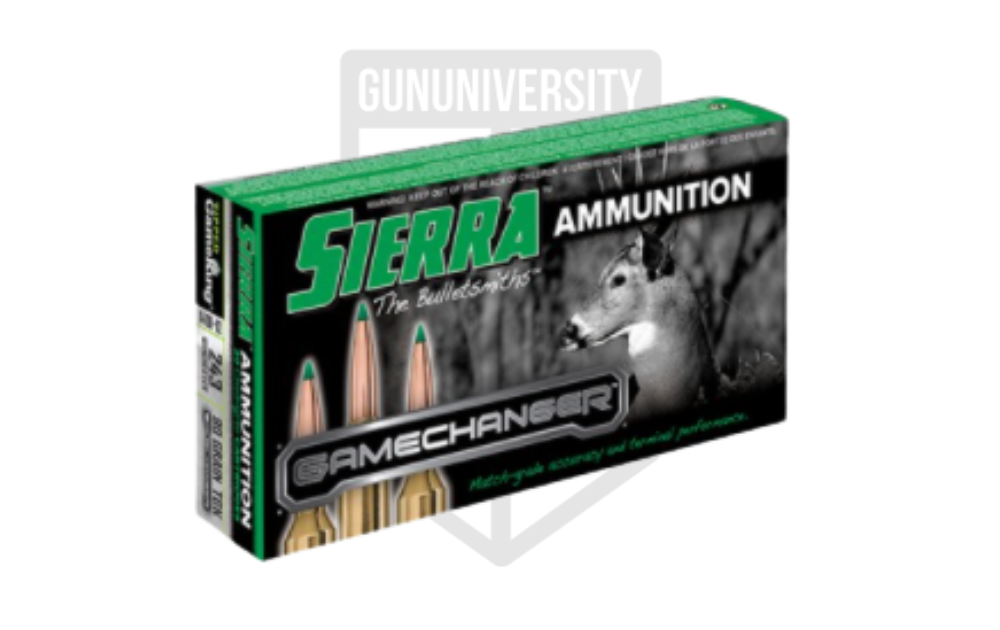
Sierra Bullets Gamechanger
Marketplace |
Cost Per Round |
| Gun.Deals | $2.10 |
| Brownells | $2.45 |
| Palmetto State Armory | $2.60 |
270 Winchester Review
Now we’ll be looking at the .270 Winchester review. Below we are going to look into the history and purpose of this cartridge and the best ammunition for every situation.
History and Purpose
The .270 Winchester came out a bit earlier than the .243. The initial development began in 1923, and the round was unveiled and released by Winchester in 1925. Winchester took the .30-03 and necked the cartridge from a .30 caliber projectile to a .277 caliber projectile. At release, the cartridge wasn’t exactly popular.
The .30-06 offered stiff competition to the .270 Winchester. At the end of WW1, there was plenty of surplus .30-06 rifles clunking around, providing an affordable alternative to new factory rifles. This was also when most American hunters clung to their old lever-action rifles. The .270 was a bolt-action rifle cartridge through and through, and America just wasn’t ready for it. At least not in 1925.
We just needed another World War. After the Second World War, the .270 experienced a bit of a popularity explosion. This era offered Americans prosperity unlike ever before, and sportsmen could afford new rifles and new calibers. The .270 offered less recoil and shot flatter than the .30-06.
American gun writers Jack O’Connor and Townsend Whelen helped propel the round through their praise in Outdoor Life. As the popularity grew, numerous companies offered rifles in the caliber. It became an international hit and became a well-known large game caliber.
.270 Winchester Ammo
Great for Elk
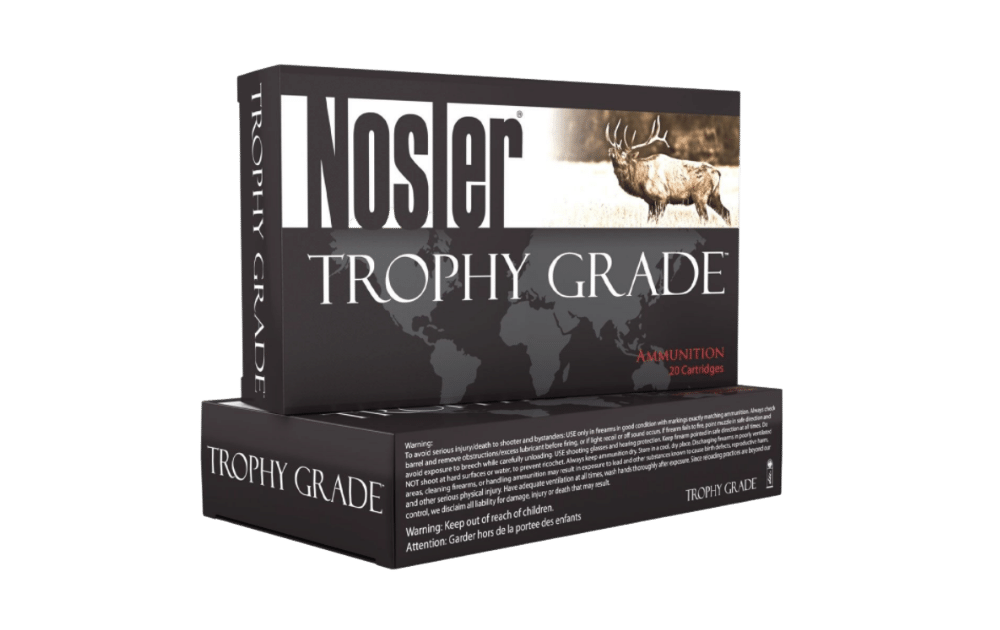
Marketplace |
Cost Per Round |
| Brownells | $3.65 |
| Palmetto State Armory | $2.18 |
| Optics Planet | $4.40 |
Great for Deer
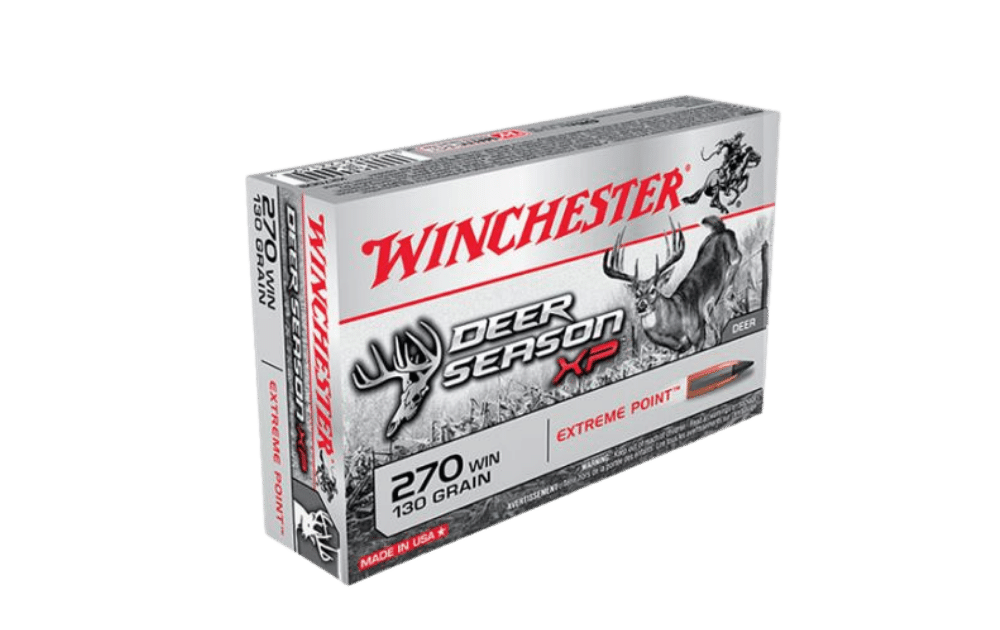
Marketplace |
Cost Per Round |
| Brownells | $1.95 |
| Cabela’s | $1.49 |
| Palmetto State Armory | $1.41 |
.243 vs .270 Ballistics Comparison
I don’t think I’m shocking anyone by saying that the .270 Winchester hits harder than the .243 ever could. The .270 Winchester’s long case offers plenty of space for lots of powder which ensures the heavier projectiles fly just as fast as the .243.
The .270 Winchester’s most popular projectile weight is the 130-grain option. A 130-grain projectile reaches 3,060 feet per second and hits with 2,702 foot-pounds of energy. That’s a whole wallop worth of power that ensures proper penetration of a wide variety of animals. Projectiles dip into the 150-grain weights, and those will be even better for large animals like elk.
The lighter .243 cartridge can push a lighter 80 grain round as fast as 3,350 feet per second. That’s dang near lightning fast, and the 80-grain rounds do a wonderful job of taking down thin-skinned animals. The .243 caliber rounds can be quite varied. The heavier 95 and 100-grain loads are perfect for whitetail deer and hogs. The lighter 58-grain V-Max loads make it easy to take small varmint without completely destroying them.
What’s really interesting is the ballistic drop between the two rounds is nearly identical. I used the GunData tables to observe a few different loads and tried to compare like with like. I used rounds that would be used for deer and are part of the same line. In this situation, the .243 cartridge uses a 95-grain projectile, and the .270 uses a 130-grain projectile. Both loads come from the Winchester Silvertip line of cartridges.
At 300 yards, the .243 has a ballistic drop of about 10.5 inches, and the .270 has a drop of about 11 inches. There isn’t a huge difference in drop, and honestly, it’s not a lot of drop for the range. Both of these cartridges are known for their flat shooting nature. At 100 yards, there is no practical drop. Both come in at .004 inches worth of drop.
There is a substantial difference in energy, though. The .243 packs a little more than 1200 foot-pounds of energy, and the 270 hits with almost 1,500 foot-pounds of energy.
When we factor in wind drift, we see that the .270 outperforms the .243 by about half an inch at 300 yards. This is assuming a 10 MPH crosswind. Half an inch doesn’t seem like a big deal, but for a 300-yard shot, it can be the difference between a quick kill and a long-drawn-out chase.
The larger, longer, and more powerful .270 Winchester arguably beats out the .243 in most of the ballistic fields. The .243 Winchester really maxes its potential out on whitetail deer. Anything larger and it’s not a humane option. The .270 Winchester easily takes whitetail deer, as well as animals much larger with ease.
Recoil and Muzzle Rise
While the .270 Winchester delivers awesome ballistics at longer ranges, you pay for it. You pay for it via recoil. A standard .270 Winchester, in an 8-pound rifle, firing a normal 130-grain cartridge, has a recoil force of 18.7 ft-lbs. A 243 in a 7.5-pound rifle only recoils with about nine ft-lbs of energy.
That’s a significant difference in recoil. The .270 Winchester isn’t some raw and rough shoulder thumper. Any adult shooter will be completely fine behind a .270 Winchester. If you tend to be recoil sensitive, then maybe you won’t be a huge fan.
The .243 Winchester has always been known as a caliber for all. It’s light recoiling and generally considered a soft shooting cartridge. The .243 Winchester was always the kid’s cartridge in my family. A Remington 700 in .243 Winchester went from kid to kid until we grew out of the rifle and into more powerful calibers.
Another benefit of the .243 Winchester comes down to rifle size. Barrel length helps ensure a velocity fast enough to get the projectile spinning and ripping. Certain cartridges have a minimum speed necessary to reach proper expansion, and you’ll need a particular barrel length to get there.
The .243’s lighter projectiles need less barrel length. You can get away with a rather nice 20-inch barrel with the .243. With the .270, you’re likely looking at long barrel lengths, like 24 to 26 inches. These become a little less wieldy, a little heavier, and less compact.
Rifle Selection
What kind of rifle do you want? When you get into hunting rifles, the most basic and most common type will be bolt action rifles. Both of these cartridges are popular enough to warrant chamberings in almost all popular bolt action rifle platforms.
You can certainly get semi-auto rifles in both calibers. These mainly revolve around the BAR, which is available in both cartridges. The same goes for the Browning lever action BLR. One big advantage of the short action length of the .243 Winchester is the fact it pops up in AR rifles, primarily AR-10s.
The .270 hasn’t appeared in a modern tactical platform that I’m aware of. The .243 Winchester has a slight edge in rifle selection over the .270 as it tends to be a bit more popular. You can easily find youth models of most .243 rifles, as well as shorter single shots and more.
Price
Like most premium-grade hunting ammo, the price is almost always a dollar or more per round. Browsing through a number of retailers shows that both rounds are priced nearly identically. Neither of these are cheap rounds designed for high round count shooting matches.
Choosing Between the .243 or .270 – Our Take
I doubt Winchester ever intended for the cartridges to compete against each other, they often do. These two rounds make use of very versatile projectile sizes that break away from the classic 30 caliber projectiles America tends to love. Whenever I see a .243 Winchester or .270 Winchester user, I know this person put some thought into their caliber and rifle selection.
There are a few significant differences between the two cartridges. The most obvious is the fact that the .243 Winchester offers you a short action design, whereas the .270 Winchester forces you into a long action. Short actions are often lighter and quicker to work compared to long actions. Shorter action cartridges also find themselves in semi-auto rifles more than long action calibers.
That’s hardly the biggest difference between the two cartridges, but it does signal where most differences come from. Projectile-wise, there is an entire millimeter of difference in projectile diameter. The .270 translates to a 7mm cartridge, and the .243 translates to 6mms.
The smaller projectile requires less powder and case size to reach good velocities than the heavier .270. However, the heavier .270 can hit harder, penetrate deeper, and allow for the humane taking of larger game. The smaller 6mm is less disruptive and destructive to smaller animals, an important feature if you’re hunting for pelts.
If you’re considering the .243 Winchester or the .270 Winchester, then the best thing you can do is examine the animal you are hunting or the animals you want to hunt. If you want to hunt whitetail deer, hogs, and then elk, well, the .270 Winchester is the option to take. If you want to hunt coyotes, hogs, deer, or even prairie dogs, then the .243 Winchester is the route to take.
If you just want to hunt whitetail deer, then the option can be a little trickier. What range do you plan to hunt at? If you are hunting over plains, then the .270 Winchester is the way to go. It offers more energy at longer distances to help take deer. If you are a recoil-sensitive shooter, or maybe you need a youth rifle, then the .243 Winchester is the route to take.
Shooting Straight
Both the .243 and .270 offer shooters capable cartridges for hunting across North America. These two cartridges are very similar in design but also completely different. It’s fascinating to see the comparison and contrast between the two rounds. The .243 and .270 are great choices and solid rounds with international acclaim. What’s not to love?
Recent Posts
November 10, 2025
November 8, 2025
November 8, 2025
November 8, 2025

